In a total of nine (9) e-books, the teams formed have discussed several issues and took into account a variety of topics before including them into the folds of those books. This was represented in stating the mutual impacts of Yemeni migration, searching for the motives behind those migrations, talking about migrations in the past and present, and the cultural influence of those migrants on the homeland, including literature and the arts as well. The study also considered some of the most important Yemeni figures in the history of human migration.
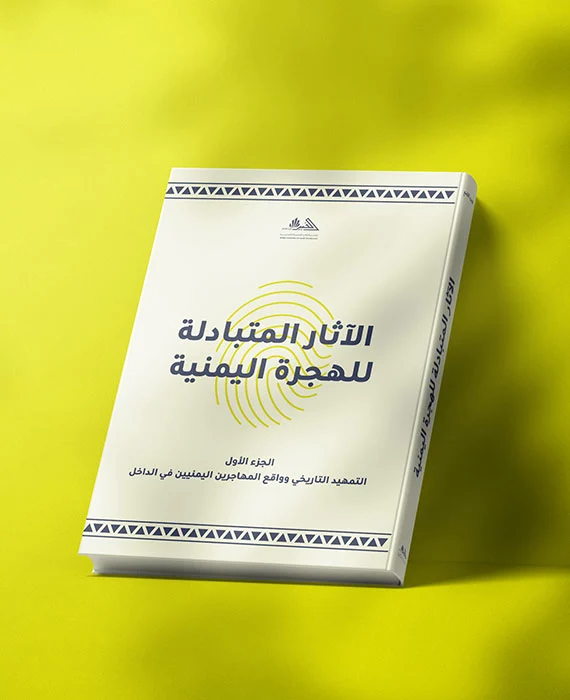
This part of the study traces the history of Human migration from ancient times, whether mythological, hypothetical, or factual. It also examines the reality of Yemeni migrants in their homeland. The study’s sponsor starts this part with an
Download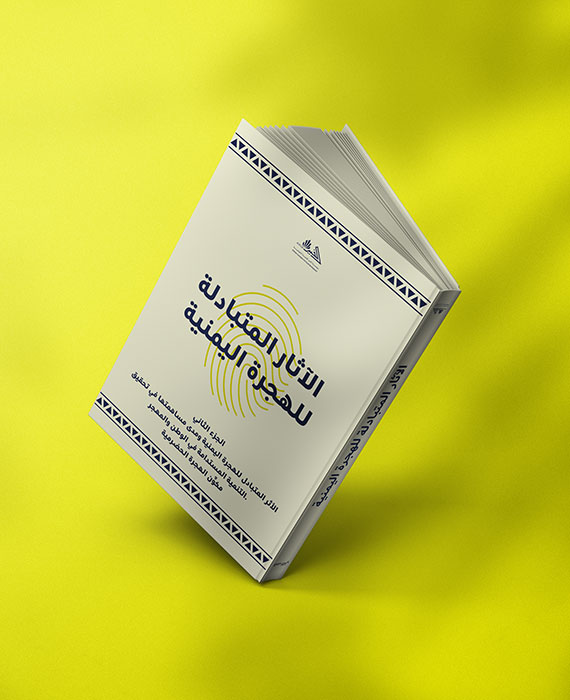
This part presents the executive summary and theoretical framework by the researcher, Saleh Abu Baker bin Al-Sheikh Abu Baker, who discusses the impact of Yemeni migration on the development of Yemen in particular, and countries of migration. The
Download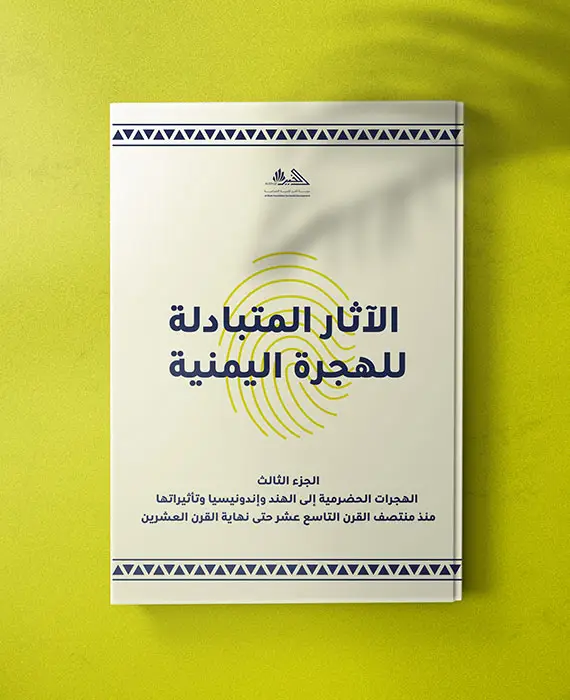
This part focuses on Hadhrami migration in particular and its impacts across various fields of life from the mid-19th century to the late 20th century. Migration was one of the prominent phenomena accompanying the Hadramis since ancient times,
Download
This part presents modern and contemporary Yemeni migration to East Africa and its civilizational features and dimensions by the researcher, Alazzi Mohammed Hamoud Al-Sulwi, where he states his research within six disciplines, starting with the
Download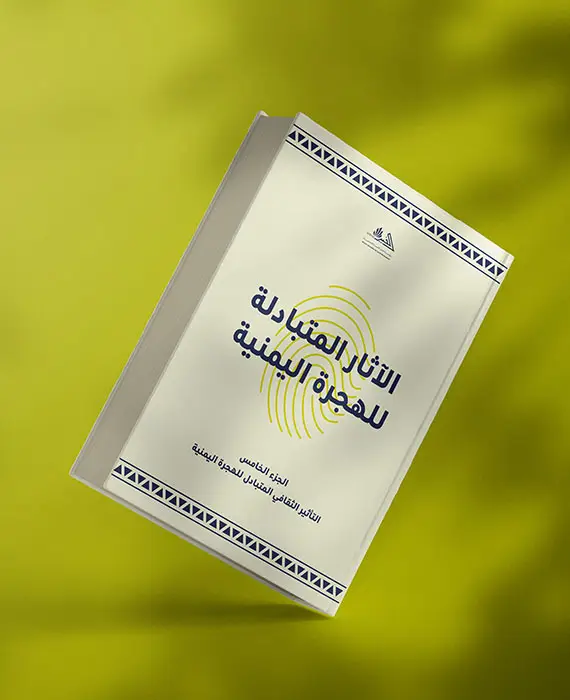
In this part, the researcher Ahmed Abdu Saif Al-Areqi discusses the reciprocal impact of migrants and expatriates on education. He outlines the educational reality in Yemen in the 20th century and addresses the phenomenon of migration and its
Download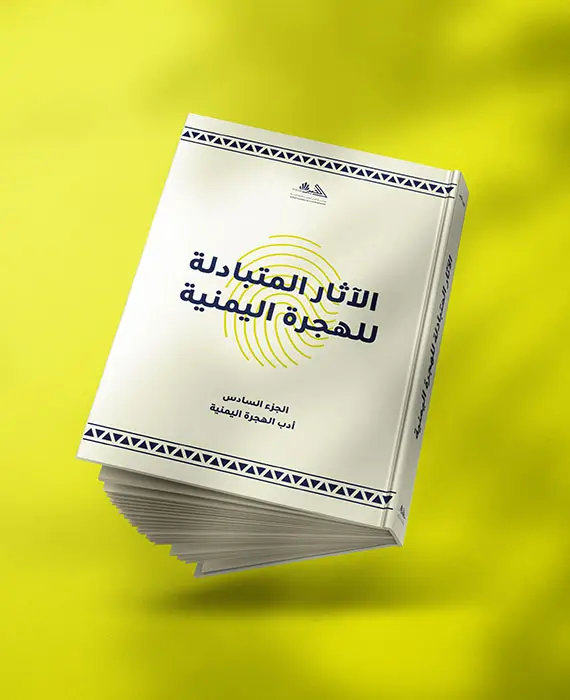
This part of the study states the migration and migrants in contemporary Yemeni literature – depictions of migration and its causes in narrative and poetic texts, by the researcher, Mohammed Abdulwahab Al-Shaibani, in which he attempts to
Download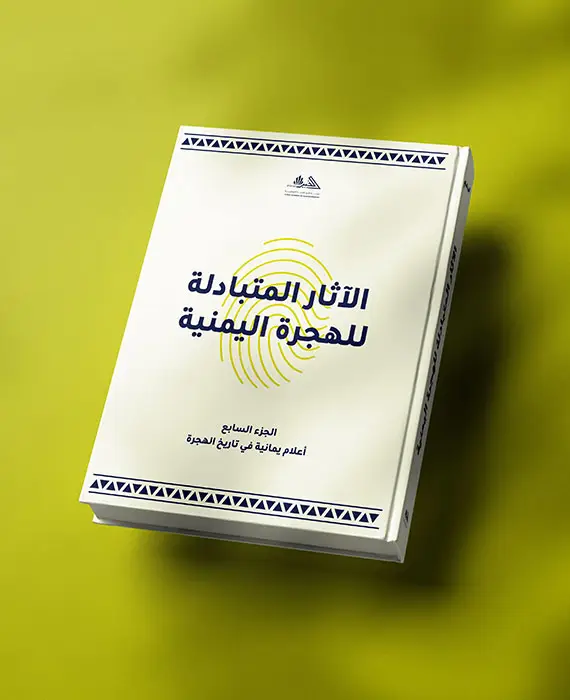
This part of the study starts with the story of the project's sponsor, Mr. Alwan Saeed Al-Shaibani, and his experience with migration and this project, where he wrote his story as one of the migrants driven by living conditions (poverty and
Download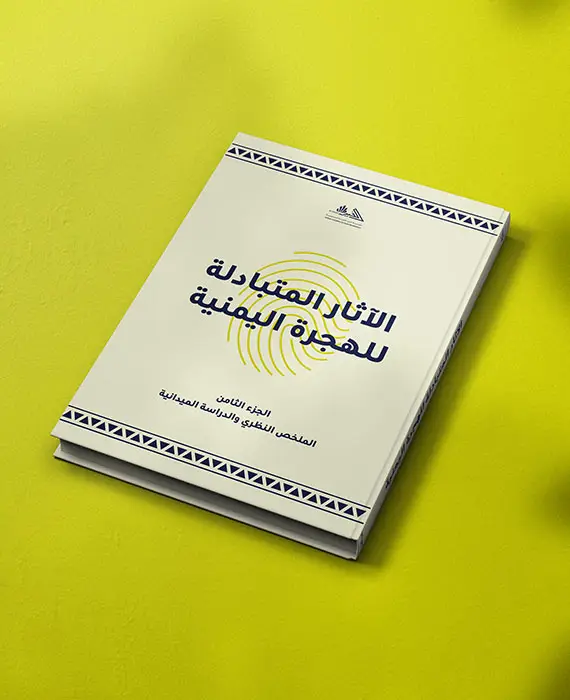
In this part of the study, the researcher, Shaif Sharaf Al-Hakimi addresses three disciplines: The general theoretical summary of the study within the objective limits of the study (reasons for migration, situations of migrants, and the reciprocal
Download
This part is designed to accommodate the study's annexes, documents, and photos that capture the study’s process from its inception in early December 2019 to its completion, release, and publication in 2022. It also includes the operational and
Download